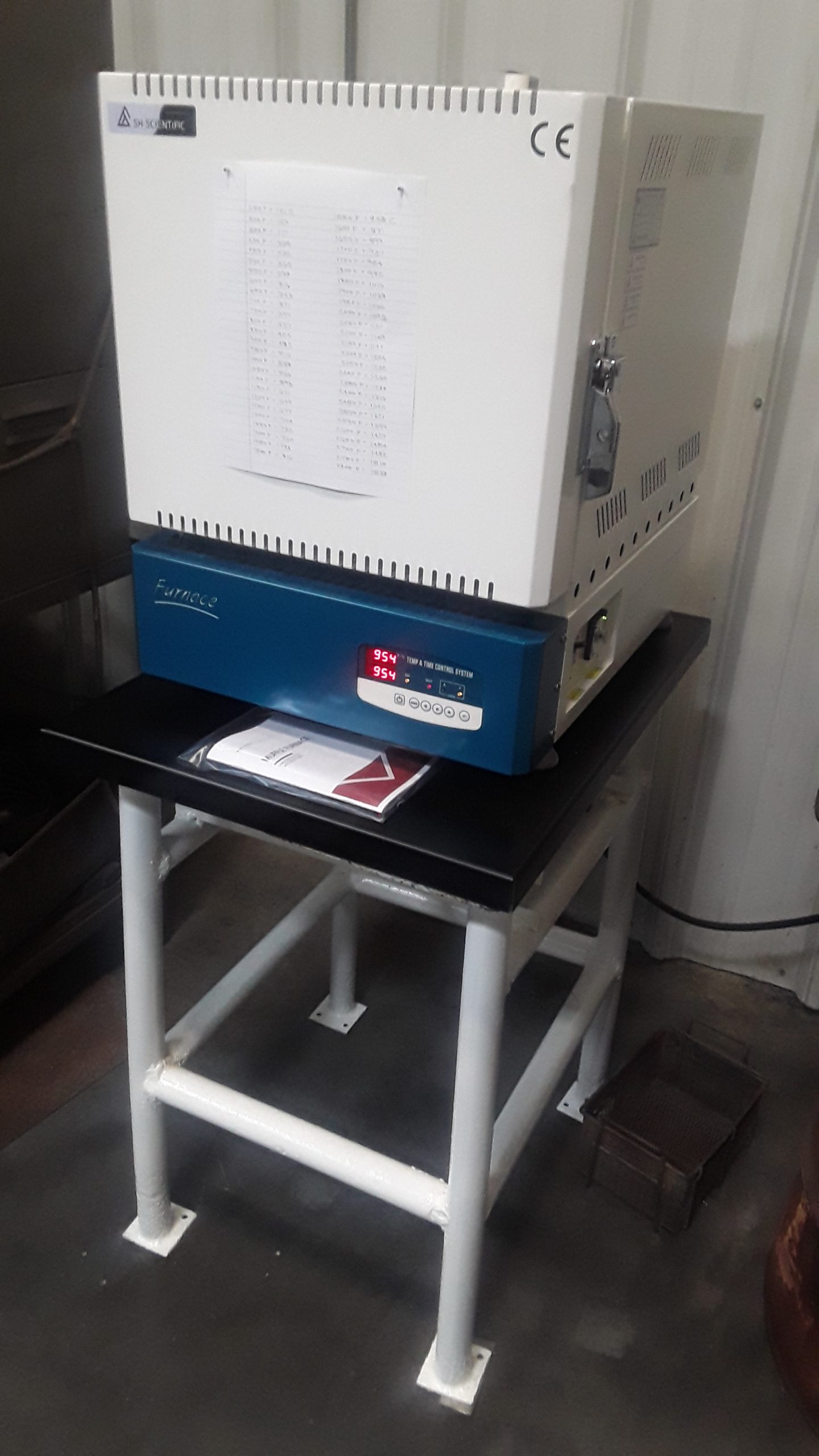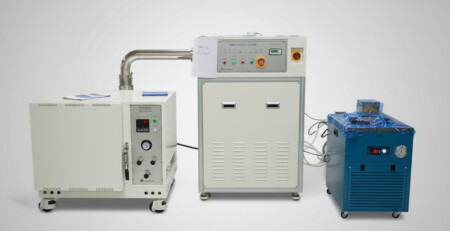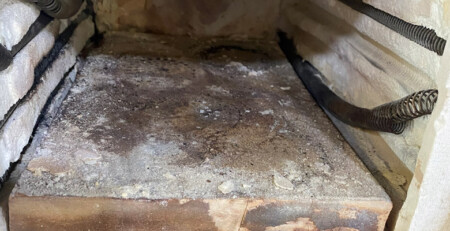Why & When to Choose a Vacuum Furnace for Your Lab
Vacuum Muffle Furnace
A vacuum muffle furnace can help you work more accurately and efficiently.
By blending the strengths of muffle and tube furnaces, it processes more (or larger) samples with less space, time, and money.
But how, exactly, does it differ from other standard lab furnaces?
Vacuum Muffle vs. Vacuum Tube Furnaces

Vacuum tube furnaces are the standard for many oxygen-free treatment scenarios. They can be extremely precise and energy-efficient. Most importantly, their lack of square edges avoids pockets of uneven gas distribution.
However, tube furnaces are ill suited to bulkier samples. The tube’s diameter is the most obvious constraint. Its length may also require up to three hot zones to produce consistent internal temperatures. Large-diameter tubes with multiple hot zones are readily available—including in our own line. But even so, the proportions of a cylinder just aren’t conducive to larger samples.
Muffle vs. Vacuum Muffle Furnaces

Even modestly-sized muffle furnaces can hold samples measuring several inches in each direction. Additionally, they offer higher maximum temperatures and more internal capacity than tube furnaces at the same price point.
However, this comes at the cost of inert gas dispersion. Without additional controls—more on those in a moment—inert gases tend to collect in pockets near the chamber’s edges and corners. Saturation is difficult and inconsistent, at best.
What if there were a way to combine the inert-gas dispersion of a tube furnace with the accommodating chamber of a muffle furnace?
That’s exactly what our vacuum muffle furnaces accomplish.
As of writing, SH Scientific is the only manufacturer offering tube-like gas management in a muffle-style chamber.
And here’s how we do it.
What sets SH furnaces apart?
Our line uses two key parts to solve the trade-off between efficient dimensions and precise gas dispersion.
These are a mass flow controller (MFC) and back-pressure regulator (BPR).
Typical ball-type flow meters are simple and proven, but they need to be calibrated to the specific inert gas in use. That can be impractical if you’re one of the many labs that use different gases for different processes. Instead, we’ve chosen a fully digital MFC that is pre-programmed to manage 98 gases with mL/minute precision.
Handling gas input is one thing, but dispersing it evenly is another. To that end, we’ve added a back-pressure regulator and low-noise vacuum pump, which keep the chamber slightly but steadily above atmospheric pressure. This prevents oxygen penetration and achieves the gas distribution you’d normally expect from a tube furnace.
Our vacuum muffle furnaces are available with a max temperature of either 1200°C or 1500°C and chambers from 1.5L to 31L. All combinations are equipped with vacuum and vent ports plus a dedicated gas inlet and outlet.
For complete specs and options, please refer to our product pages.
Who uses our vacuum muffle furnaces?
Our vacuum muffle design is popular with facilities that need strict atmospheric control with larger volume, but don’t require a transparent chamber.
Today, this include labs that:
- Make anode and cathode materials for secondary battery cells
- Perform vacuum or inert-gas sintering for materials R&D
- Soften, anneal, and age-harden Inconel 718 tubes for subsea or surface injection
- Fabricate medical devices by annealing alloy powders without oxidation
- Vacuum-braze and heat-treat steel for metallic parts production
- Soften, anneal, and age-harden Inconel 718 tubes for subsea or surface injection
Scenarios like these are highly sensitive to oxidation, which rules out ordinary muffle furnaces. Yet they often require more or larger samples than a tube can accommodate.
Customer Photos
SH Scientific customers use MFC- and BPR-equipped vacuum muffle furnaces to process more samples in less time and with less equipment.
If your own lab would benefit from higher throughput under strict atmospheric control, then we’d love to talk through options.
Contact us directly to learn more about technical specs, further customizations, and our completely USA-based sales and support.





































